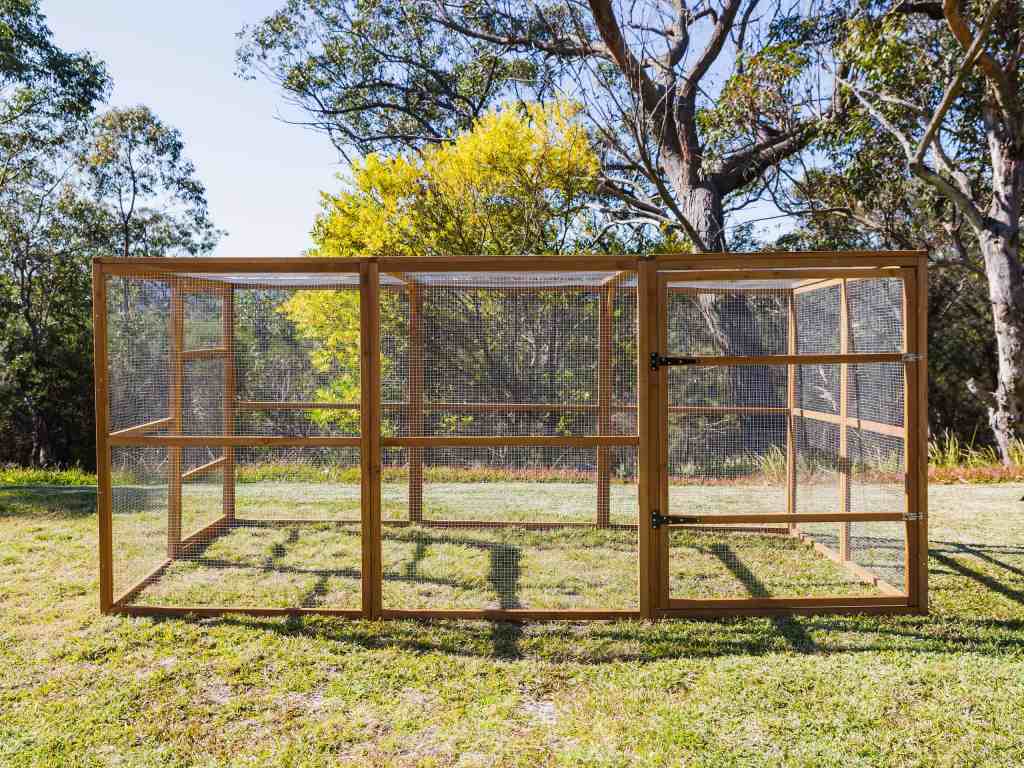When it comes to raising chickens, providing them with a safe and secure space to roam is essential. Building a chicken run or enclosure not only keeps your feathered friends protected from predators but also allows them to enjoy the outdoors while keeping your garden or yard intact. In this article, we will guide you through the process of building a chicken run that is both functional and aesthetically pleasing.
1. Planning and Design:
Before diving into construction, it’s important to plan out your chicken run carefully. Consider how many chickens you have or intend to raise, as well as their breed and size. This will help determine the appropriate size for your enclosure. As a general rule of thumb, allow at least 10 square feet per chicken inside the run area.
Next, decide on the shape and layout of your chicken run. A rectangular shape is most common since it maximizes available space efficiently. Ensure there is enough headroom for both you and your chickens by making the walls at least six feet high.
2. Choosing Materials:
Selecting suitable materials ensures durability and longevity for your chicken run. For the frame, use pressure-treated lumber or naturally rot-resistant woods like cedar or redwood. If using metal posts instead of wood, make sure they are galvanized steel to prevent rusting.
For added protection against predators such as raccoons or foxes, consider burying hardware cloth around the perimeter of the run about 12 inches deep; this prevents digging animals from gaining access from below ground level.
3. Construction:
Start by marking out where each post should be located based on your desired dimensions—typically spaced every eight feet apart along each wall boundary—and dig holes accordingly using a post hole digger or auger.
Insert each post securely into its hole (at least two feet deep) before filling with concrete mix for stability – ensure that posts are plumb in all directions before allowing time for concrete to set fully according to the manufacturer’s instructions.
Attach horizontal support beams or rails to the posts at various heights, incorporating cross supports as necessary. These will provide stability and serve as anchor points for attaching wire mesh.
Cover the frame with sturdy wire mesh or hardware cloth, securely fastening it to the posts. Opt for a gauge that is appropriate for your specific situation; a smaller gauge (around 1/2 inch) works well against most predators.
4. Access Points and Amenities:
To facilitate easy access for cleaning, collecting eggs, and maintenance, include one or more doors in your chicken run design. Ensure they are wide enough to accommodate any equipment you may need to use inside the enclosure.
Consider adding additional amenities such as perches or roosting bars at different heights within the run area. Providing shade through roofing materials like corrugated plastic panels can be beneficial during hot summer months.
5. Landscaping and Security:
Once construction is complete, consider landscaping around your chicken run to enhance its appearance while also providing extra protection against predators. Planting thorny bushes or creating a gravel border around the perimeter can act as deterrents while adding visual appeal.
Always prioritize security when designing your chicken run by regularly inspecting fences and checking for vulnerable areas that could allow predators in. Reinforce weak spots promptly using additional wire mesh or hardware cloth if needed.
Building a chicken run requires careful planning, attention to detail, and consideration of various factors such as size, materials used, predator protection measures, and accessibility features. By following these guidelines and tailoring them to fit your specific needs, you can create a safe haven where your chickens can thrive while giving yourself peace of mind knowing they are protected from harm.


Leave a comment